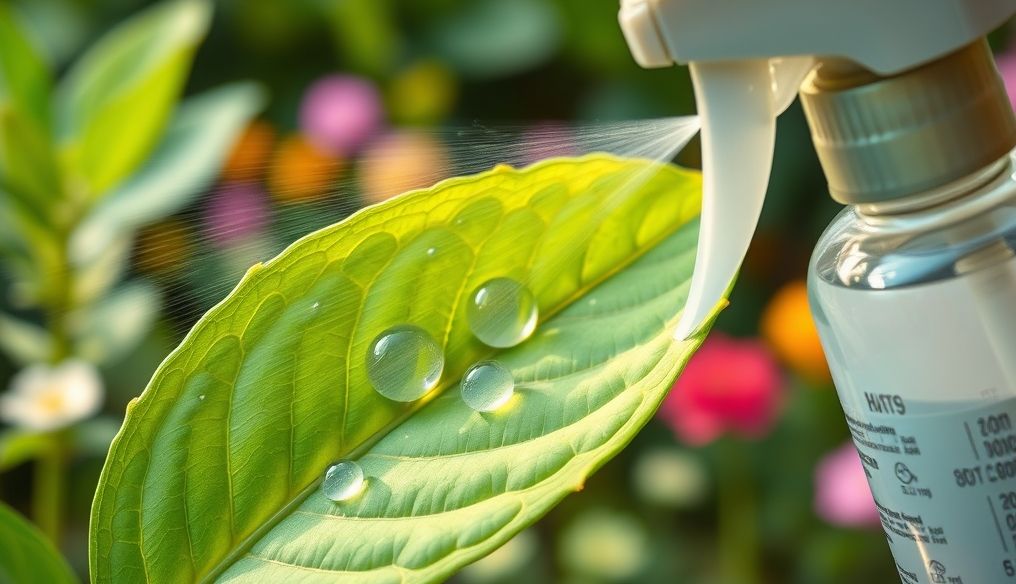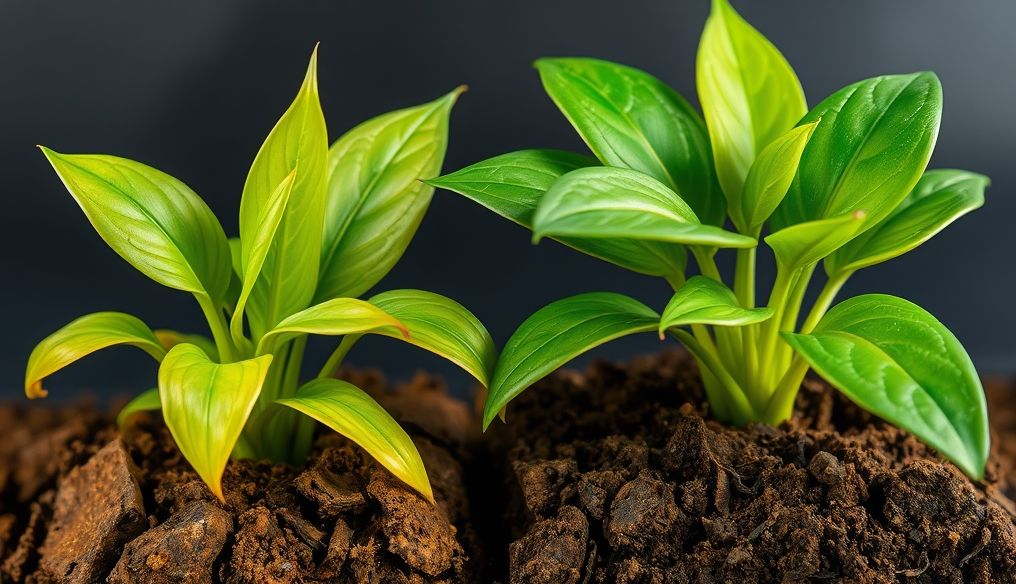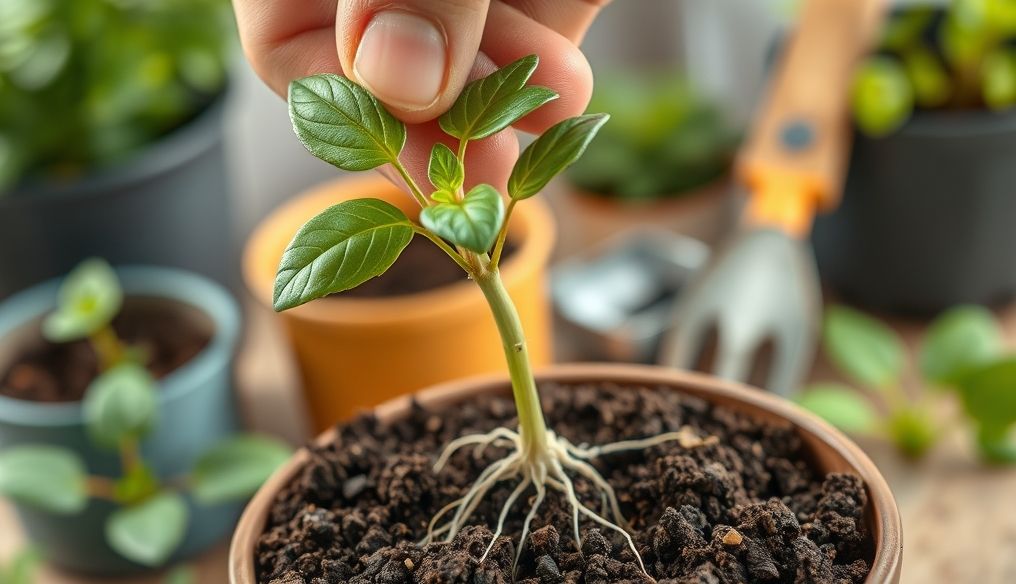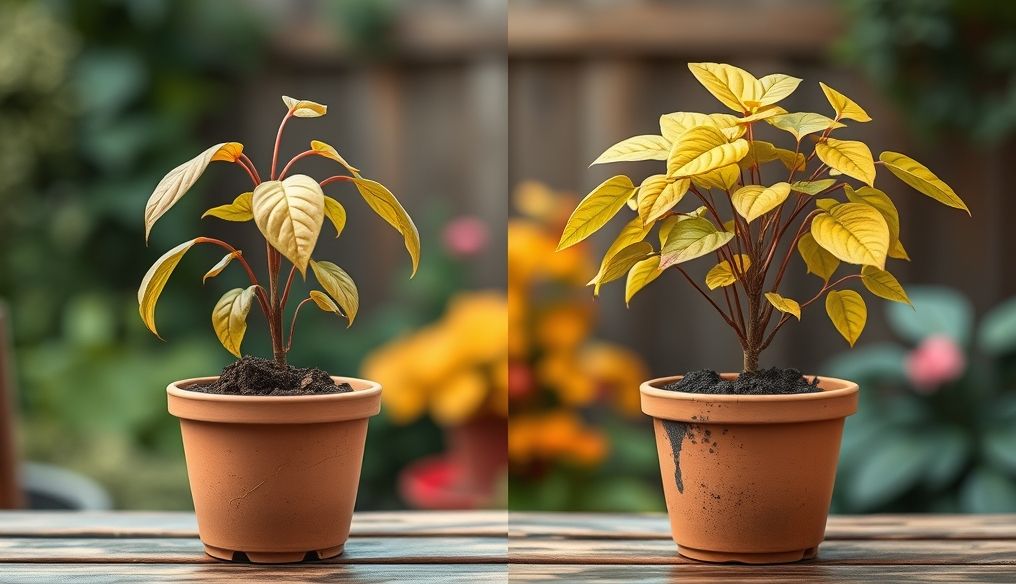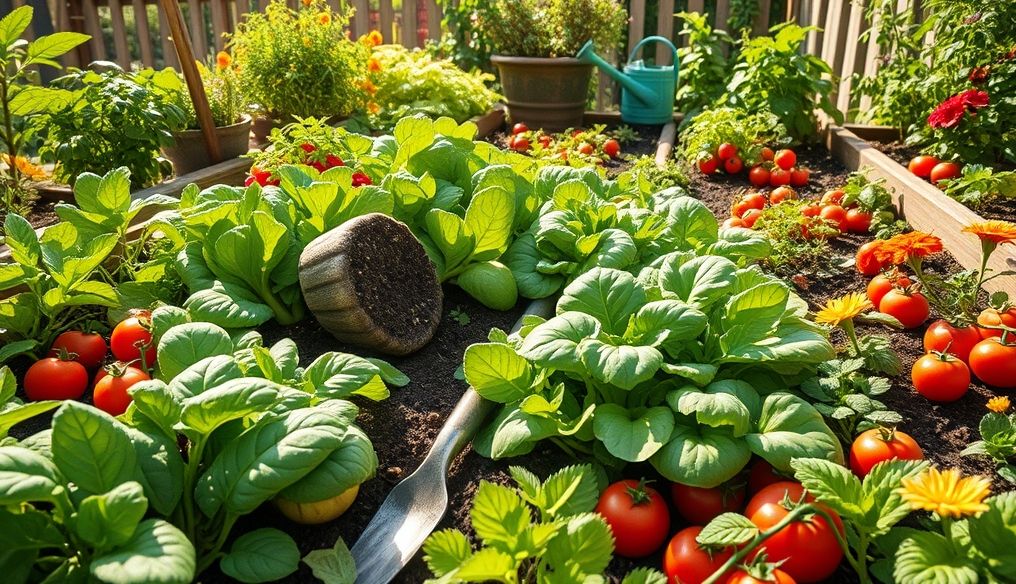Introduction: Why Care About Protecting Your Plants from Pests?
Pests and insects are among the biggest challenges facing home gardening and horticulture enthusiasts. These small creatures can cause significant damage to plants, leading to their weakening, reduced production, and in some cases, death. Fortunately, there are many natural and effective ways to protect plants without resorting to harmful chemicals.
Chapter 1: Understanding Common Plant Pests
Before you can combat pests, you need to be able to identify them. Here are some common pests that affect plants:
- Aphids: Small insects that suck plant sap, leading to leaf curling and stunted growth.
- Spider Mites: Cause yellow spots on leaves and leave fine webs.
- Mealybugs: Insects covered in a white waxy substance that sticks to plants.
- Whiteflies: Small white insects that fly when the plant is moved.
- Cutworms: Feed on the roots and stems of small plants.
Statistic: Studies indicate that pests cause losses estimated at 20-40% of global agricultural crops annually.
Chapter 2: Prevention is Better Than Cure: Preventive Strategies to Protect Plants
Prevention is key to maintaining healthy, pest-free plants. Here are some effective preventive strategies:
- Choose Healthy Plants: Start by purchasing strong plants that are free from any signs of infestation.
- Inspect Plants Regularly: Check your plants regularly for any signs of pests.
- Maintain Garden Cleanliness: Remove fallen leaves and dead branches, as they can be a haven for pests.
- Proper Watering: Avoid overwatering, as excess moisture can attract pests.
- Good Ventilation: Ensure good ventilation around plants to prevent the spread of diseases and pests.
- Balanced Fertilization: Providing the necessary nutrients to plants strengthens them and makes them more resistant to pests.
Chapter 3: Natural and Homemade Remedies to Combat Pests
If you discover pests on your plants, don't panic. There are many natural and homemade remedies you can try:
- Spray Plants with Water and Soap: Mix a teaspoon of liquid soap (unscented) with a liter of water and spray the affected plants.
- Use Neem Oil: Neem oil is a natural insecticide effective against many pests.
- Spray Plants with Garlic Solution: Boil some garlic cloves in water, then strain the solution and spray the plants with it.
- Use Diatomaceous Earth: Diatomaceous earth is a natural powder made from the remains of fossilized algae. Sprinkle it around plants to kill crawling insects.
- Introduce Beneficial Insects: Some insects, such as ladybugs, feed on pests and help control them.
Tip: Before using any new treatment, test it on a small part of the plant to make sure it doesn't cause any damage.
Chapter 4: Using Companion Plants to Repel Pests
Planting certain plants next to your plants can help repel pests. Here are some examples:
- Basil: Repels whiteflies and aphids.
- Marigolds: Kill nematodes in the soil.
- Garlic: Repels many pests, including aphids and slugs.
- Mint: Repels ants, fleas, and flies.
Chapter 5: Pest Control in Greenhouses
Greenhouses provide an ideal environment for plant growth, but they can also be an ideal environment for the spread of pests. Here are some tips for controlling pests in greenhouses:
- Maintain Greenhouse Cleanliness: Clean the greenhouse regularly to remove any debris or fallen leaves.
- Good Ventilation: Ensure good ventilation in the greenhouse to prevent the spread of diseases and pests.
- Use Sticky Traps: Place yellow sticky traps to attract and kill whiteflies and other pests.
- Regular Watering: Avoid overwatering, as excess moisture can attract pests.
Chapter 6: Dealing with Stubborn Pests
In some cases, pests may be stubborn and require more potent treatments. Here are some options:
- Organic Insecticides: If natural treatments fail, you can use organic insecticides as a last resort. Be sure to follow the instructions on the label carefully.
- Dispose of Severely Infested Plants: If a plant is severely infested and cannot be treated, it is best to dispose of it to prevent the spread of pests to other plants.
Chapter 7: Rehabilitating Soil After Pest Infestation
After getting rid of pests, it is important to rehabilitate the soil to ensure the health of plants in the future. Here are some tips:
- Add Organic Compost: Organic compost improves soil fertility and its ability to retain water.
- Mulch the Soil: Mulching the soil with straw or wood chips helps maintain moisture and prevent weed growth.
- Crop Rotation: Planting different crops in the same place each year helps prevent the accumulation of pests and diseases in the soil.
Chapter 8: Additional Tips for Maintaining Healthy Plants
Here are some additional tips for maintaining healthy, pest-free plants:
- Monitor the Weather: Be aware of local weather conditions, as some pests are more active at certain times of the year.
- Collaborate with Neighbors: Talk to your neighbors about potential pest problems and share tips and information.
- Continue Learning: Look for new information on pest control and plant protection.
Conclusion: Protecting your plants from pests and insects requires patience and perseverance, but the results are worth it. By following these tips, you can enjoy healthy and beautiful plants without having to use harmful chemicals.
